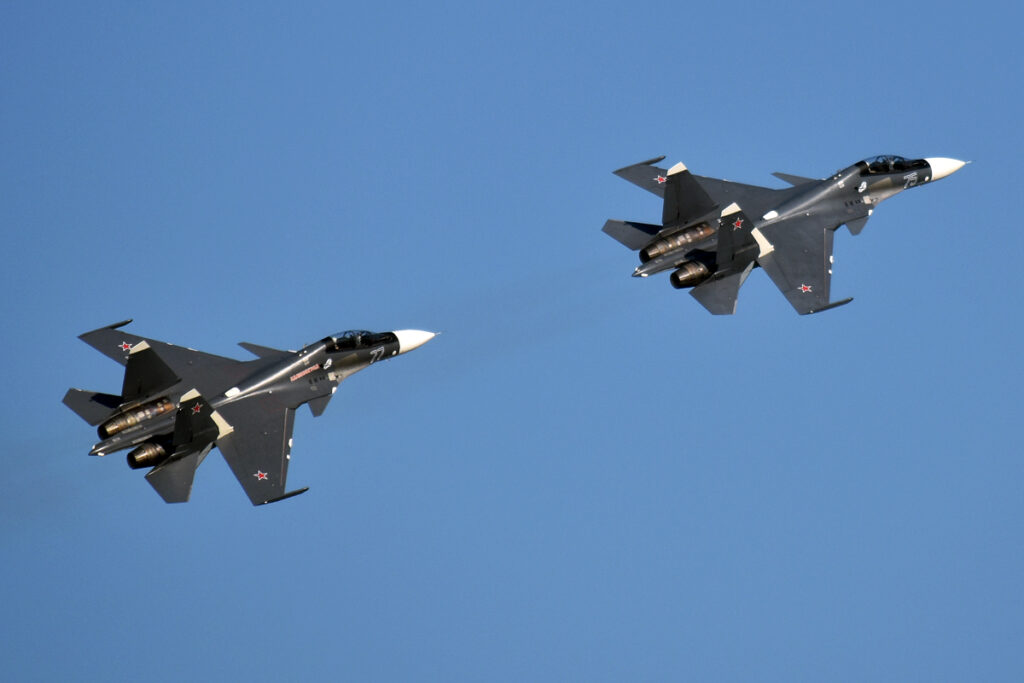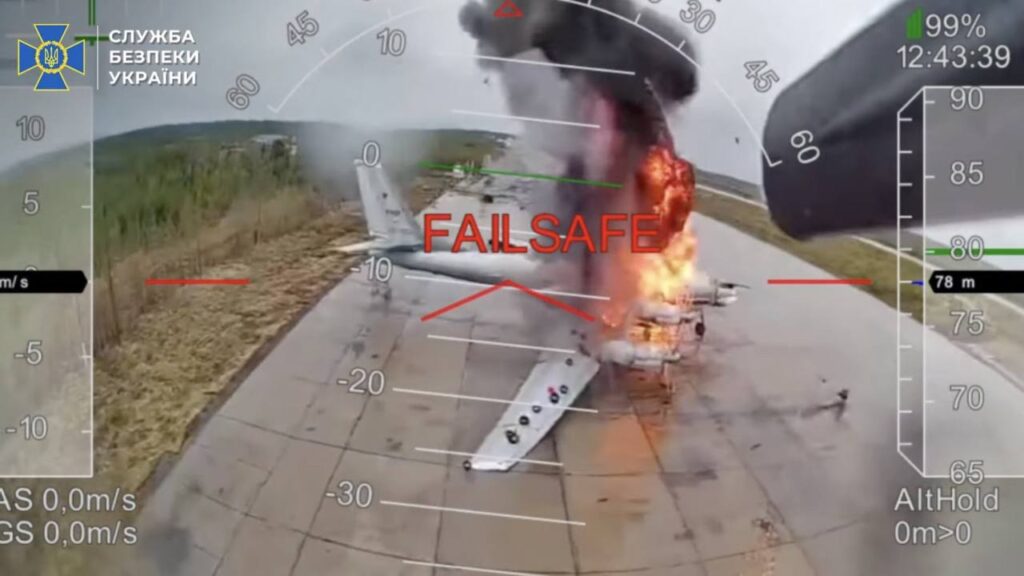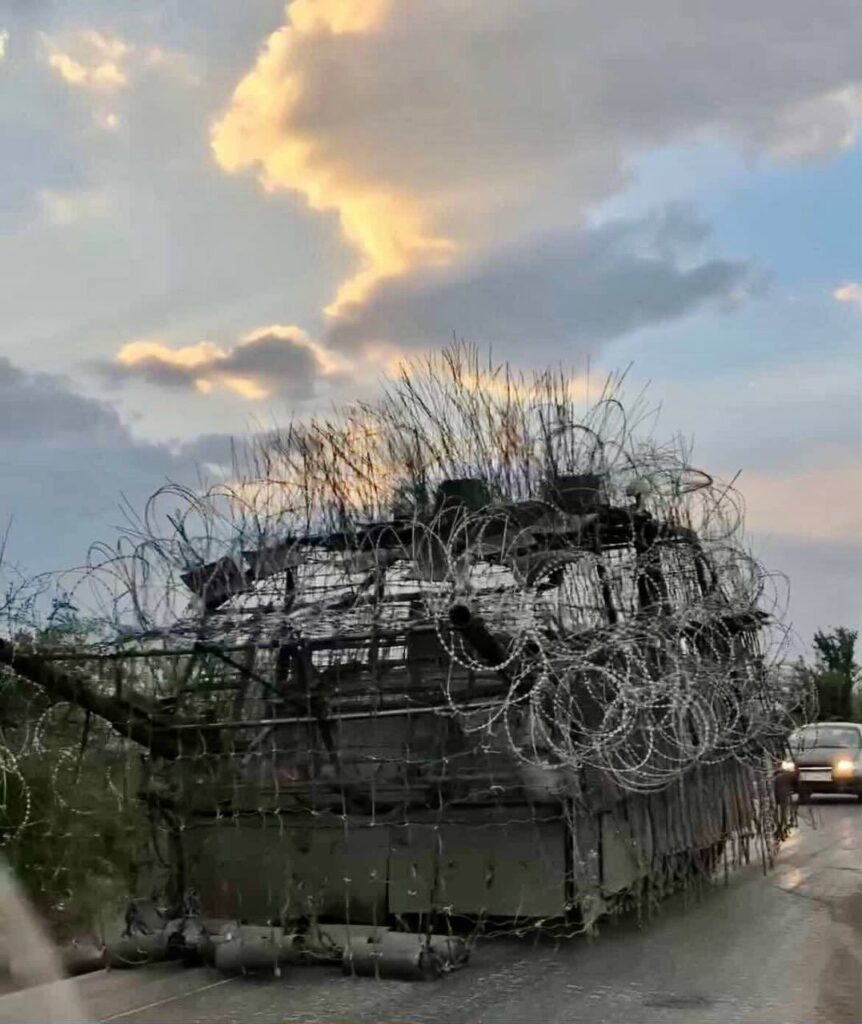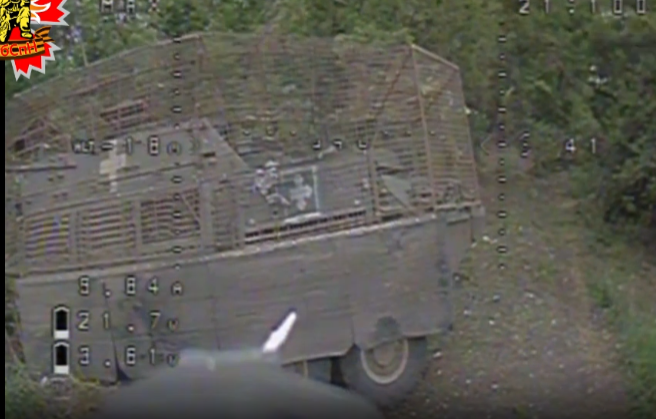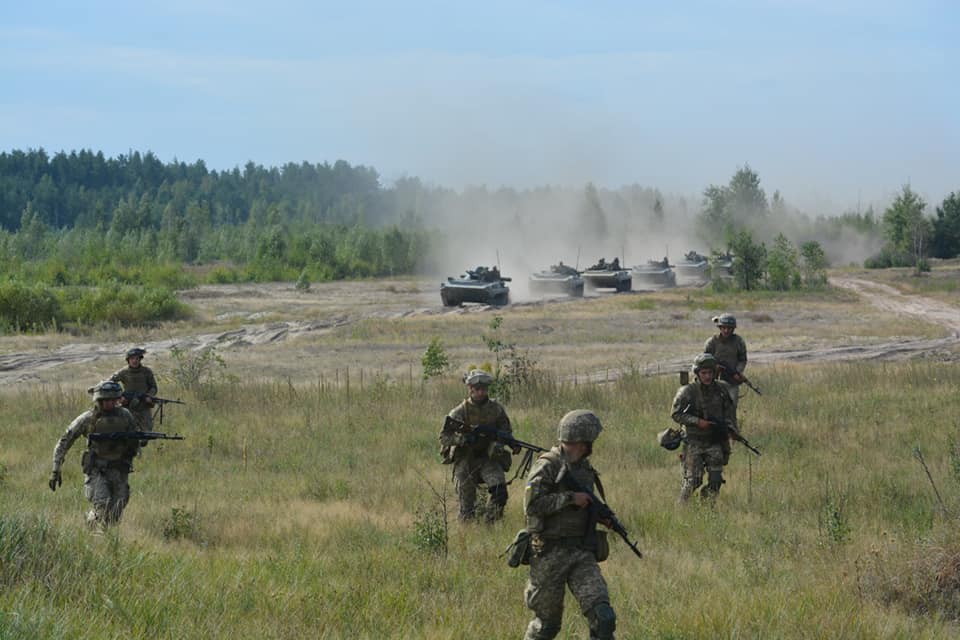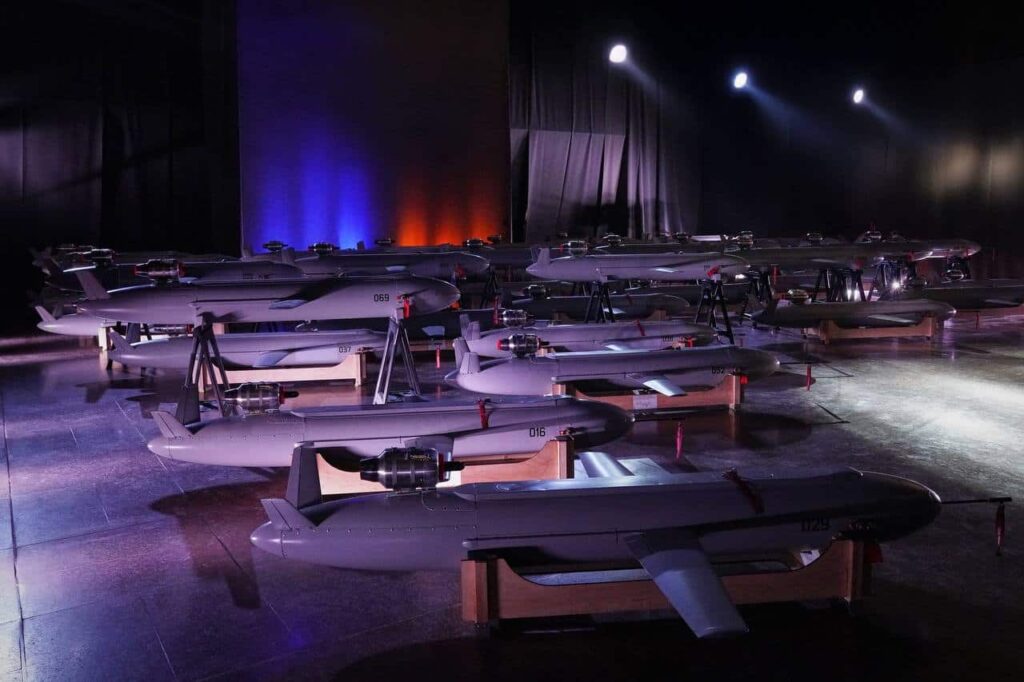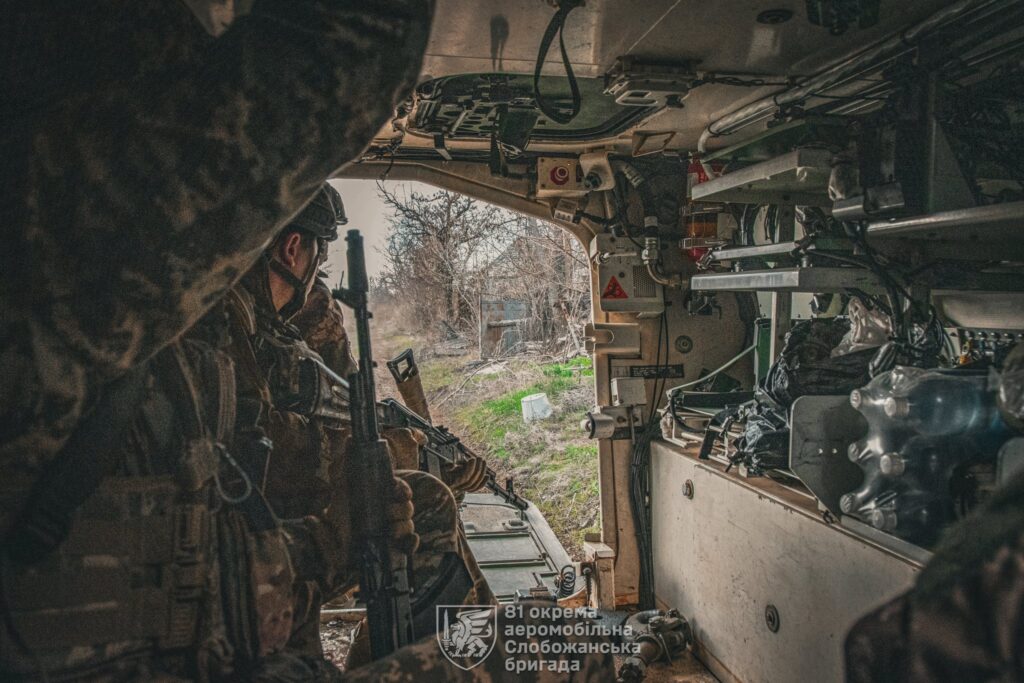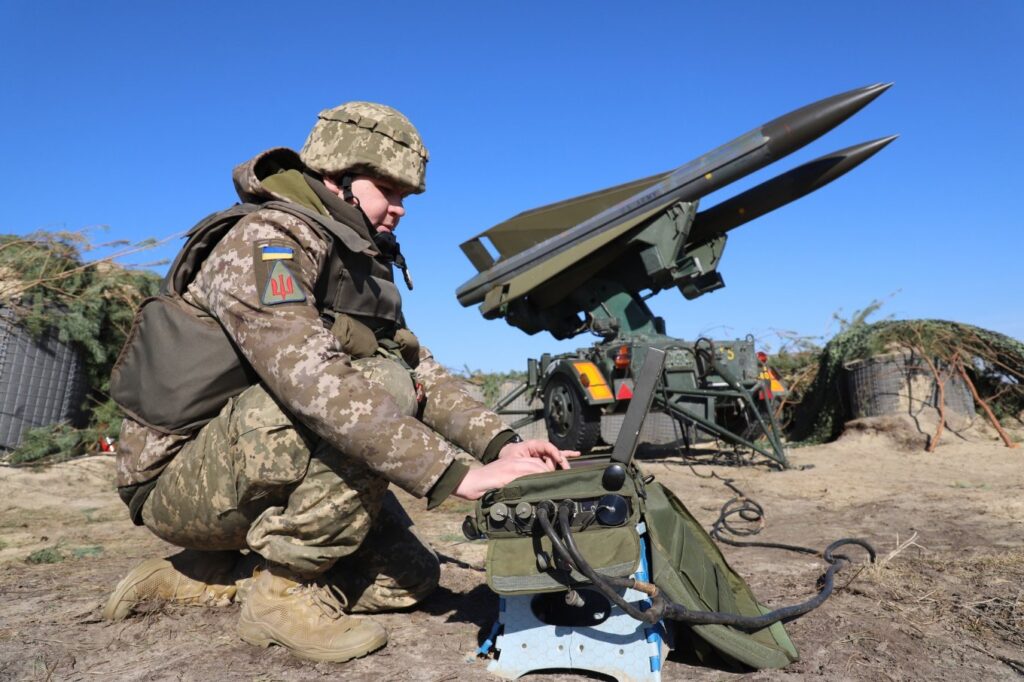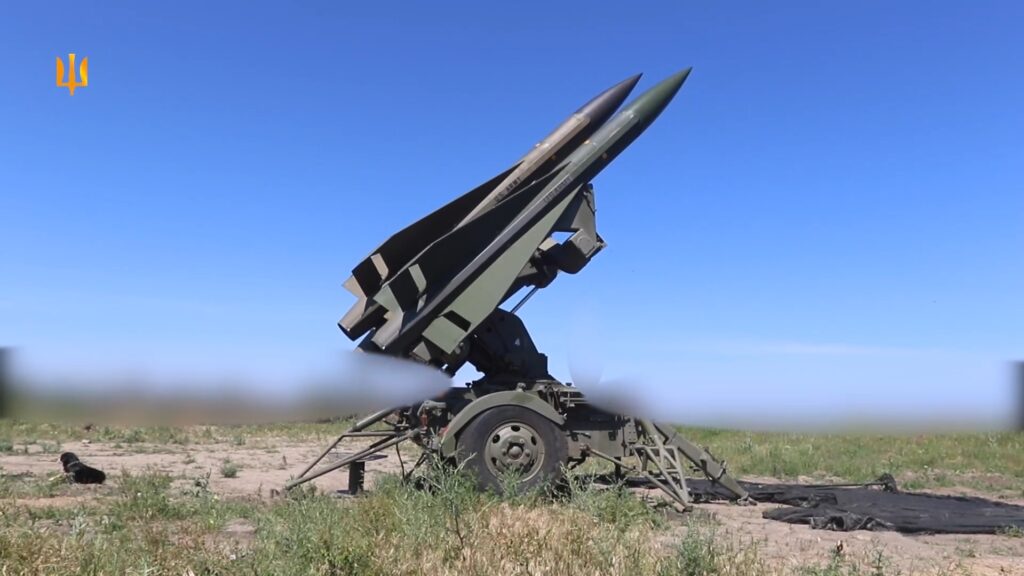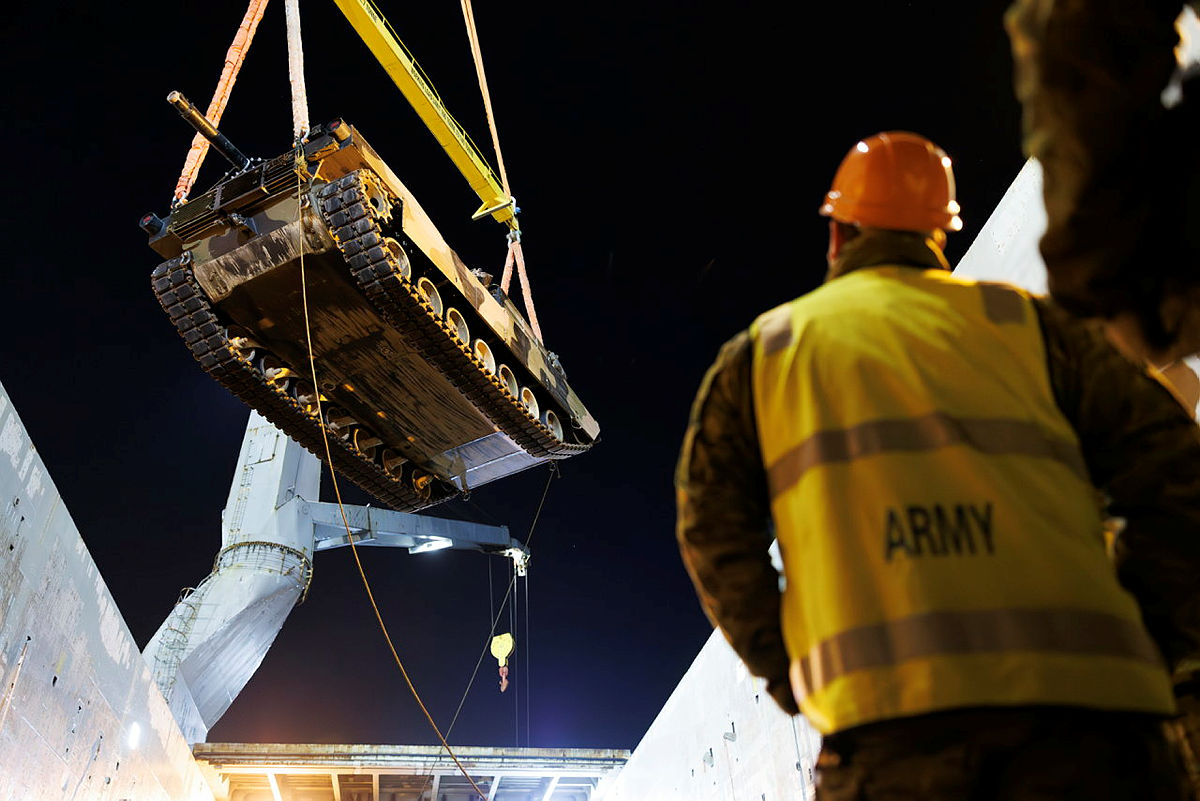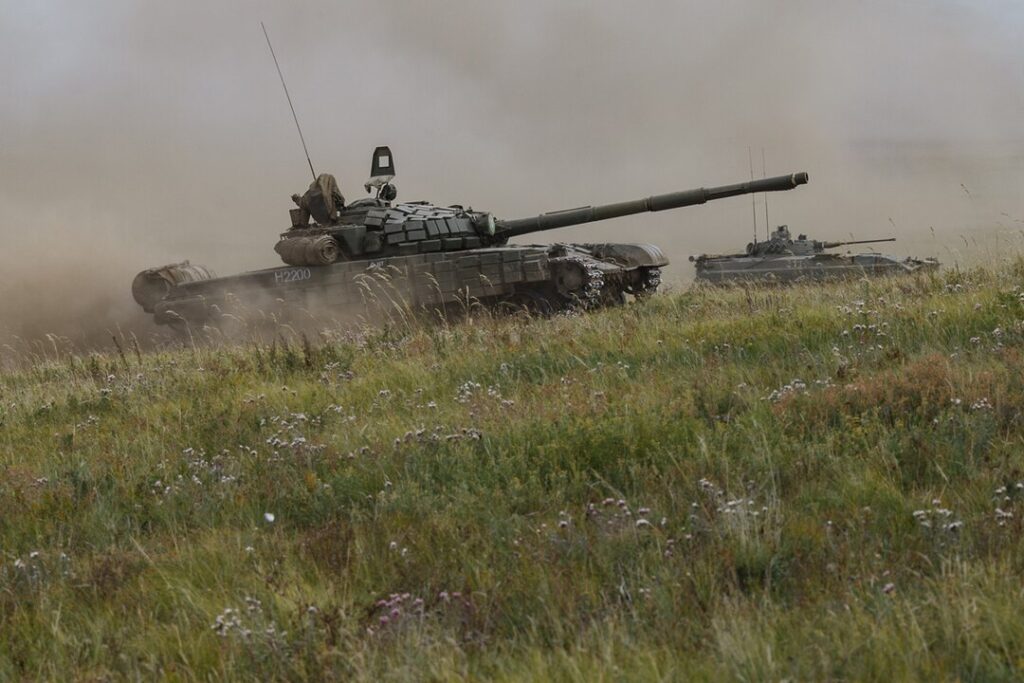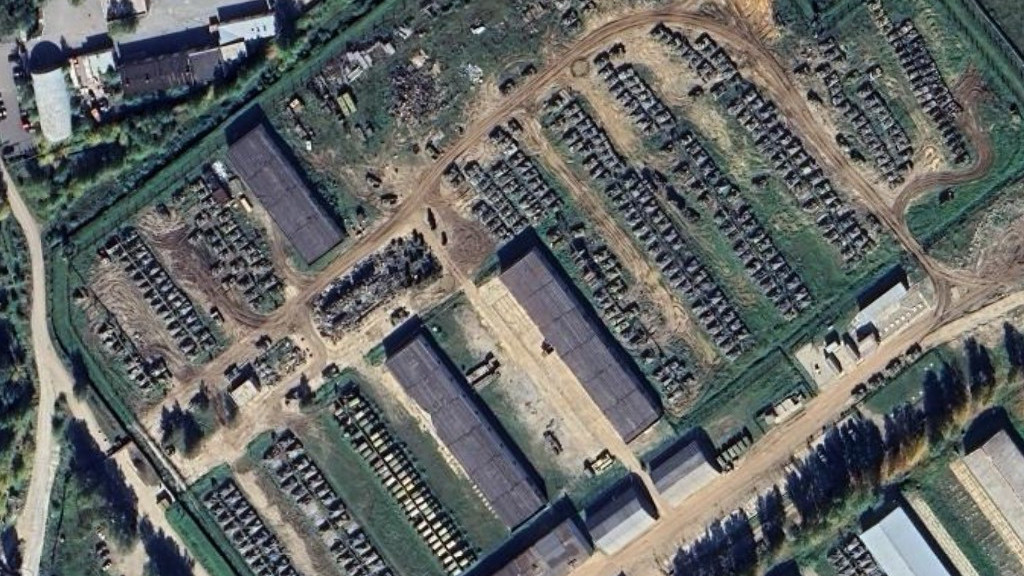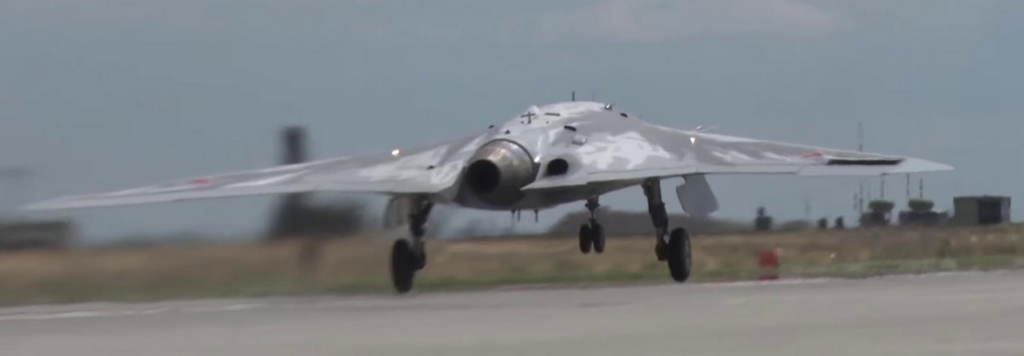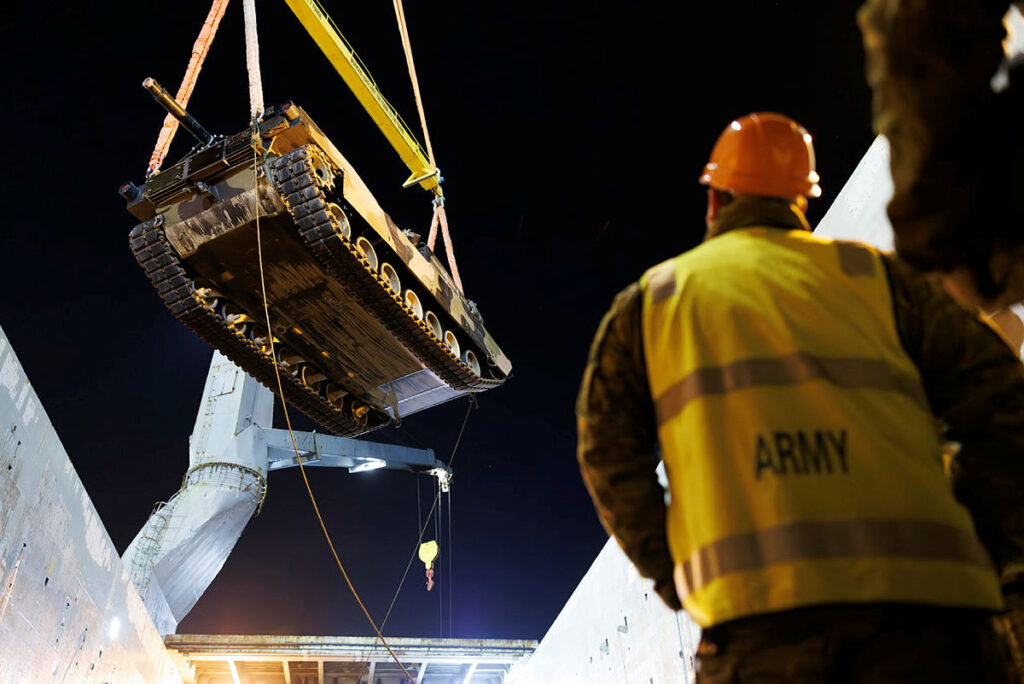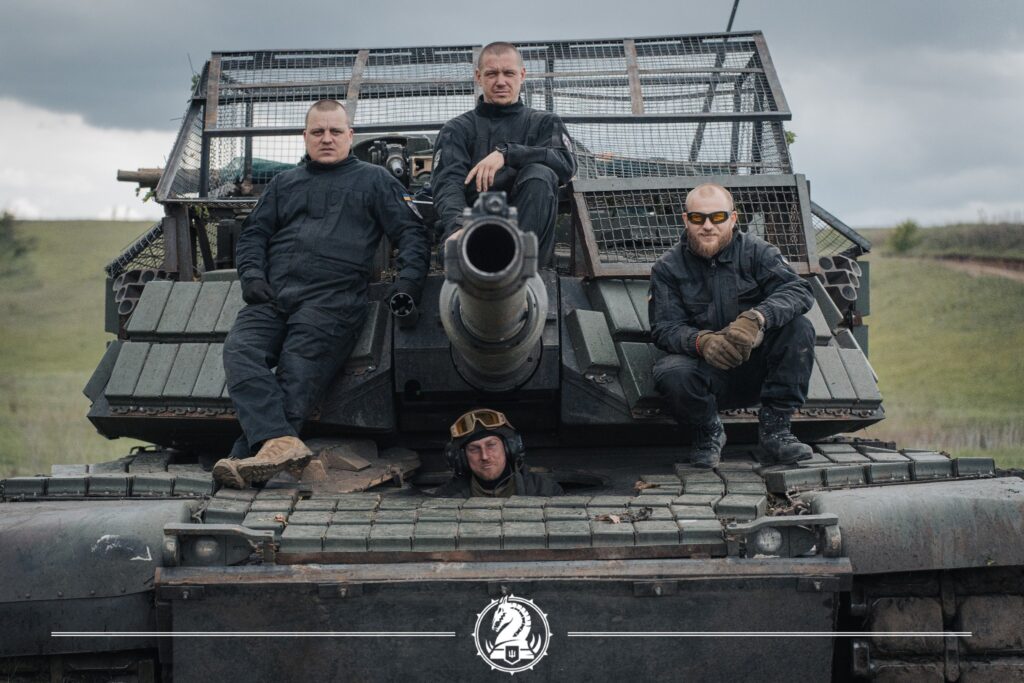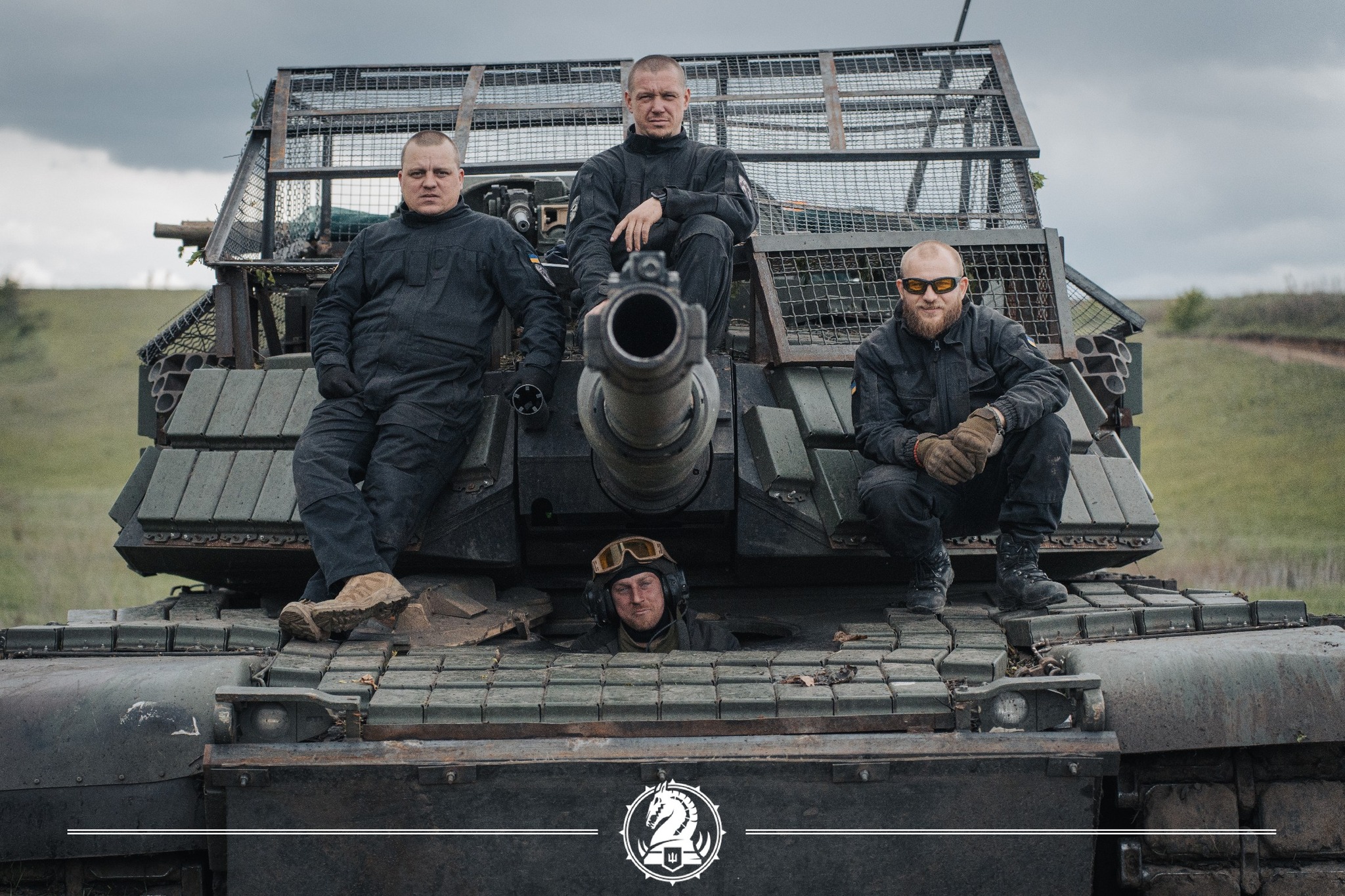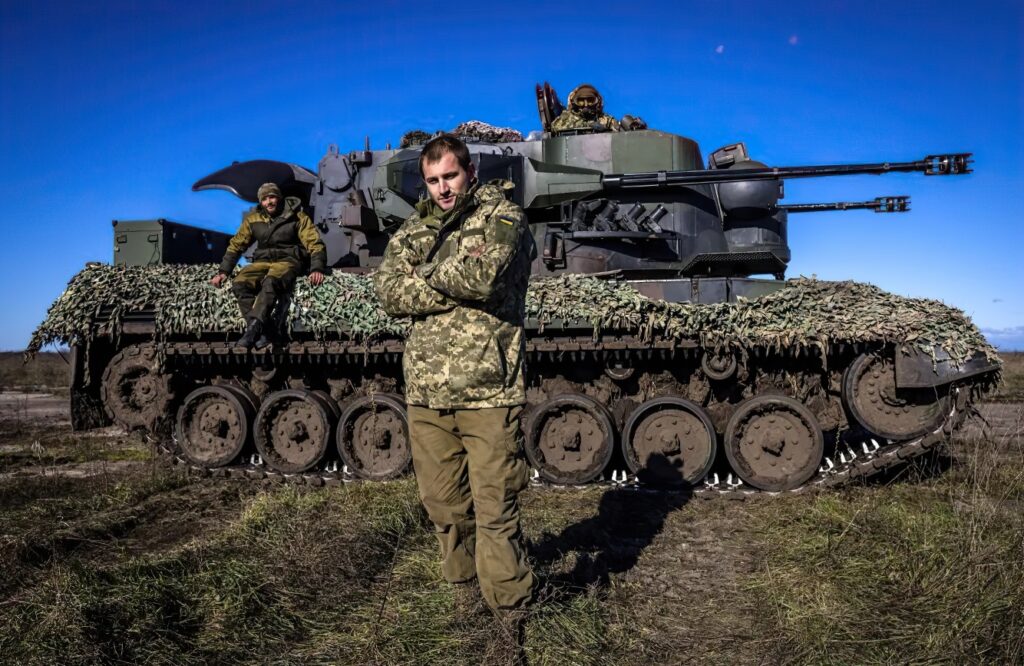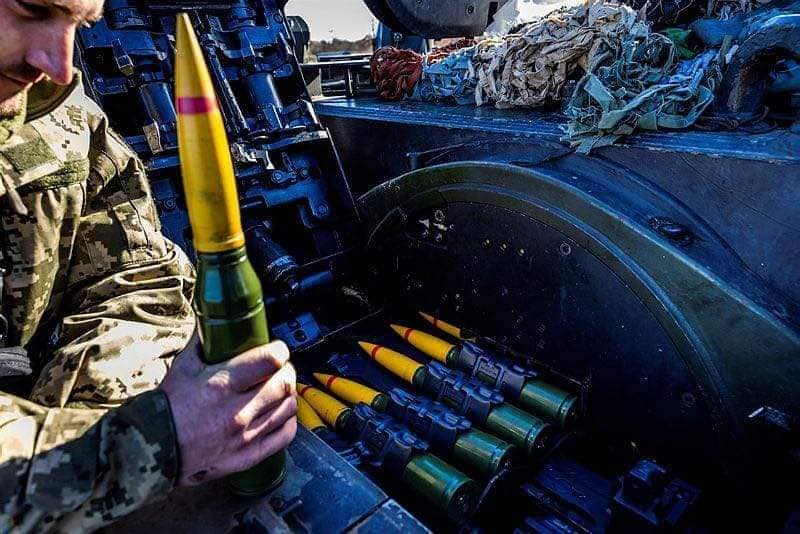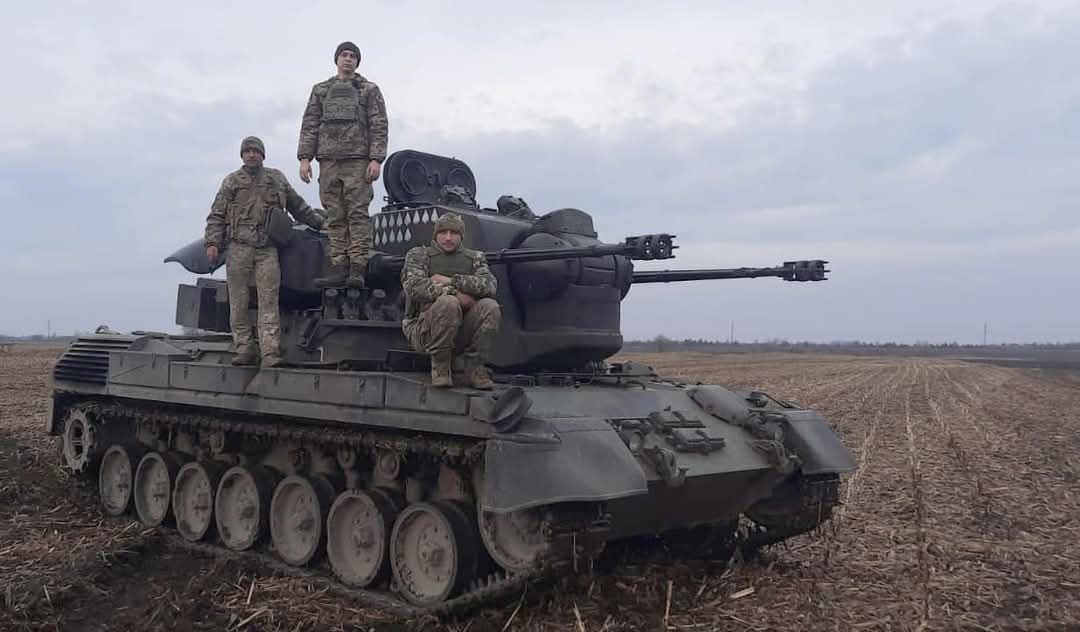Ukraine’s new mystery in the sky — The Privet-299 hunting Russians where other drones can’t fly
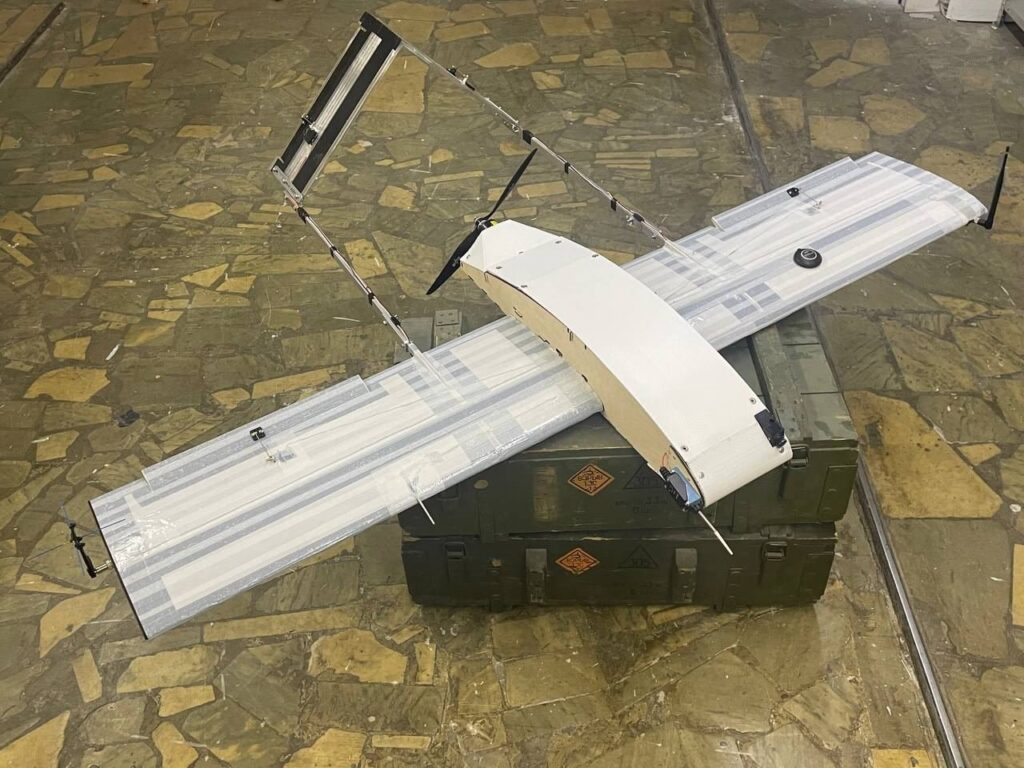
The Ukrainian army and air force teamed up for a precise air strike on a concentration of Russian troops in Bakhmut—with a Sukhoi Su-27 fighter and a mysterious new surveillance drone.
The Aug. 11 raid targeted what the army’s 24th Mechanized Brigade described as “a temporary deployment site of enemy personnel” around 15 km from the front line in Donetsk Oblast.
The personnel were reportedly from Russia’s 98th Airborne Division. The division’s paratroopers have been fighting in Chasiv Yar—and slowly pushing Ukrainian troops out of the ruins of that front-line town.
The twin-engine, supersonic Su-27—one of dozens the Ukrainian air force inherited from the Soviet air force in 1991—probably struck the site with one of its new Western-supplied precision munitions: the French Hammer glide-bomb or American Joint Direct Attack Munition, which can also be fitted with wings for gliding attacks.
A glide bomb can range tens of kilometers when tossed in a fast climb. The combination of satellite guidance, glide kits and the toss-style release method helps Ukrainian pilots attack Russians behind the front line while also staying outside the range of many Russian air-defenses.
But distant strikes require help spotting targets—and then assessing the damage following the strike. For that, the 24th Mechanized Brigade deployed a previously unknown drone type. “You can see the work of the new Ukrainian fixed-wing drone ‘Privet-299,'” the brigade stated.
Aside from the fact it’s got fixed wings—as opposed to rotors—we know almost nothing about the Privet-299. Russian forces operate a “Privet-82” drone that may be broadly similar to the Ukrainian Private-299.
Plywood drone
The mostly plywood Privet-82, which costs just a few thousand dollars, ranges 50 km or farther with a 5-kg payload. Russian drone start-up Oko designed the Privet-82 to be inexpensive and easy to produce.
The Russian Privets are cheap enough to be single-use. Some Russian drone teams are even overloading their Privet-82s with 10-kg TM-62 anti-tank mines and flying them into Ukrainian targets. “This is basically Russia’s answer to the Ukrainian heavy bomber drones,” American analyst Andrew Perpetua observed.
It’s unclear whether the Ukrainian Privet-82 is strictly a surveillance drone—or whether it too can be sent on one-way missions with an explosive payload. For now, we know the mysterious Privet-299 as an airborne spotter for manned fighter raids.
The Privet-299 could meet growing demand for medium-range attack drones.
At present, Ukraine’s FPV drones dominate the battlefield as far as 15 km from the line of contact. Efforts are underway to extend the drone kill zone to 40 km. “The goal: deny Russian forces the ability to move undetected across the front,” American-Ukrainian war correspondent David Kirichenko wrote.
The Privet-299 should range 40 km with a meaningful payload, filling a critical gap between the FPVs and Ukraine’s much bigger—and much more expensive—deep-strike drones, which range thousands of kilometers, but at a unit cost of potentially hundreds of thousands of dollars.
Ultimately, the Ukrainians will seek to establish “layers of drone superiority,” Perpetua said. They’ll need slightly heavier, but still affordable, drone models to patrol layers 50 km and 100 km from the front line.
As it happens, the Russian Oko drone firm is developing a bigger Privet drone, the Privet-120, which should range 200 km with a 20-kg payload.
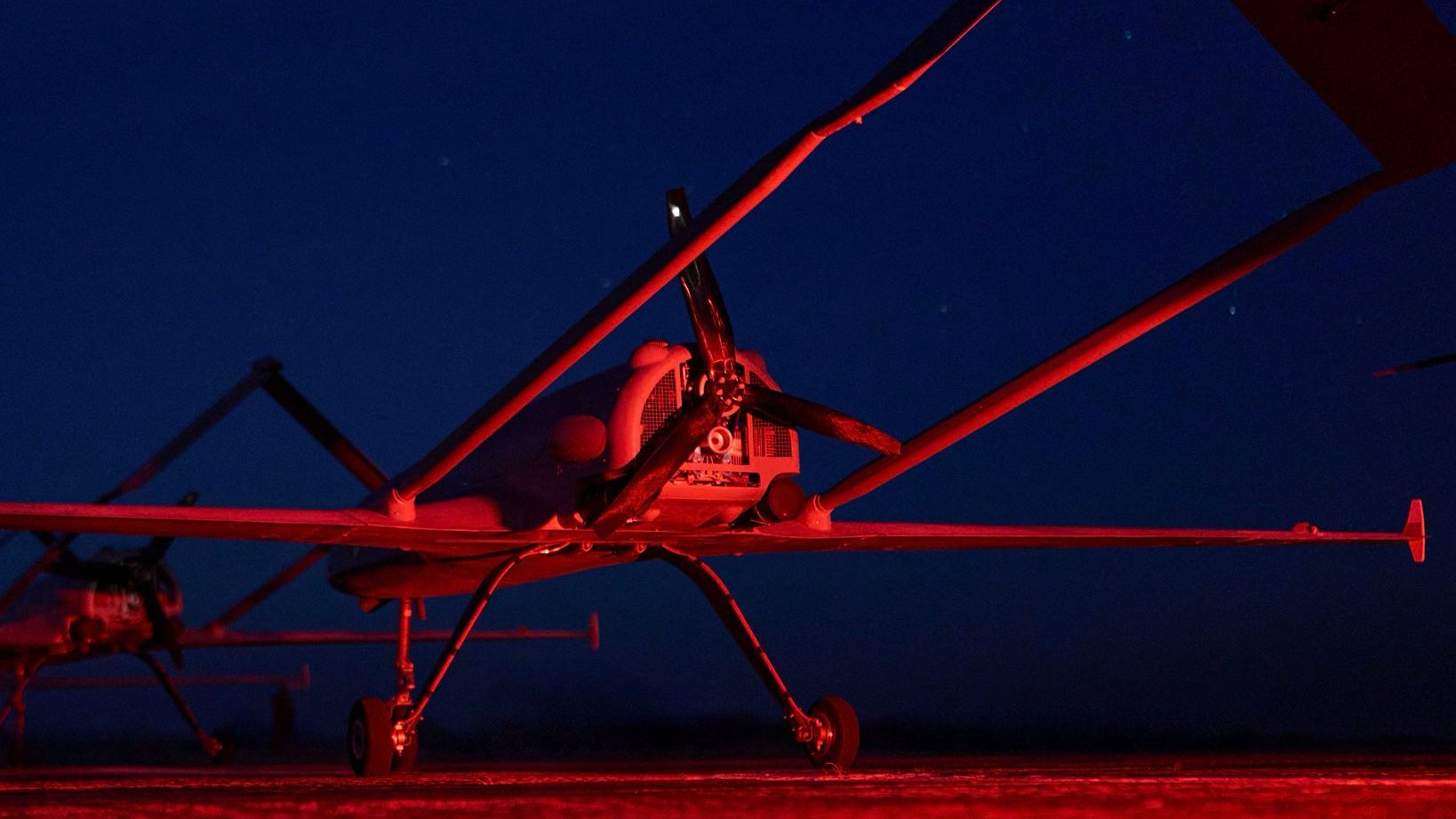

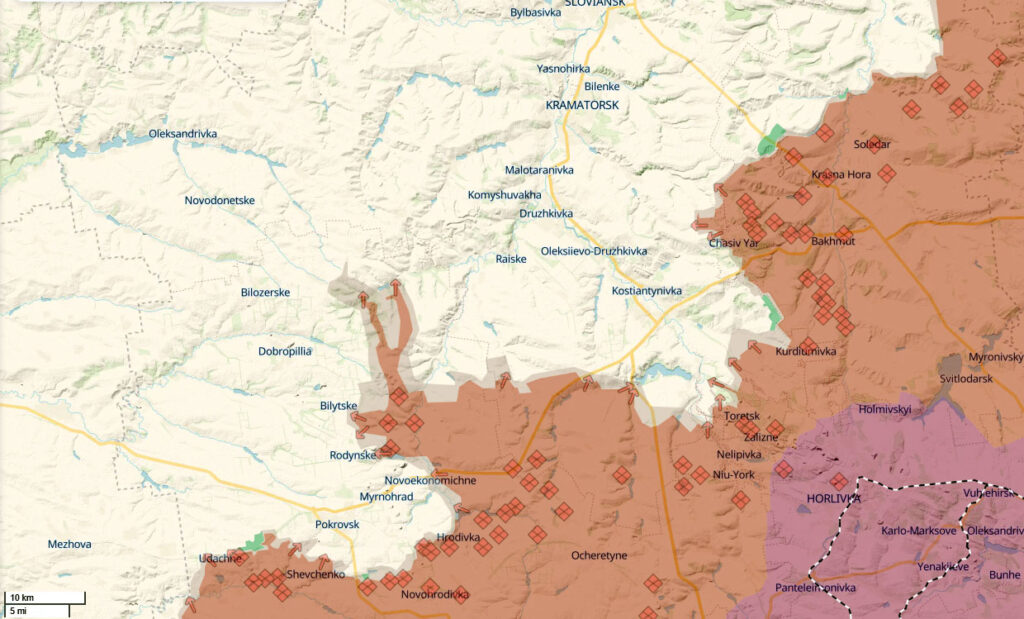

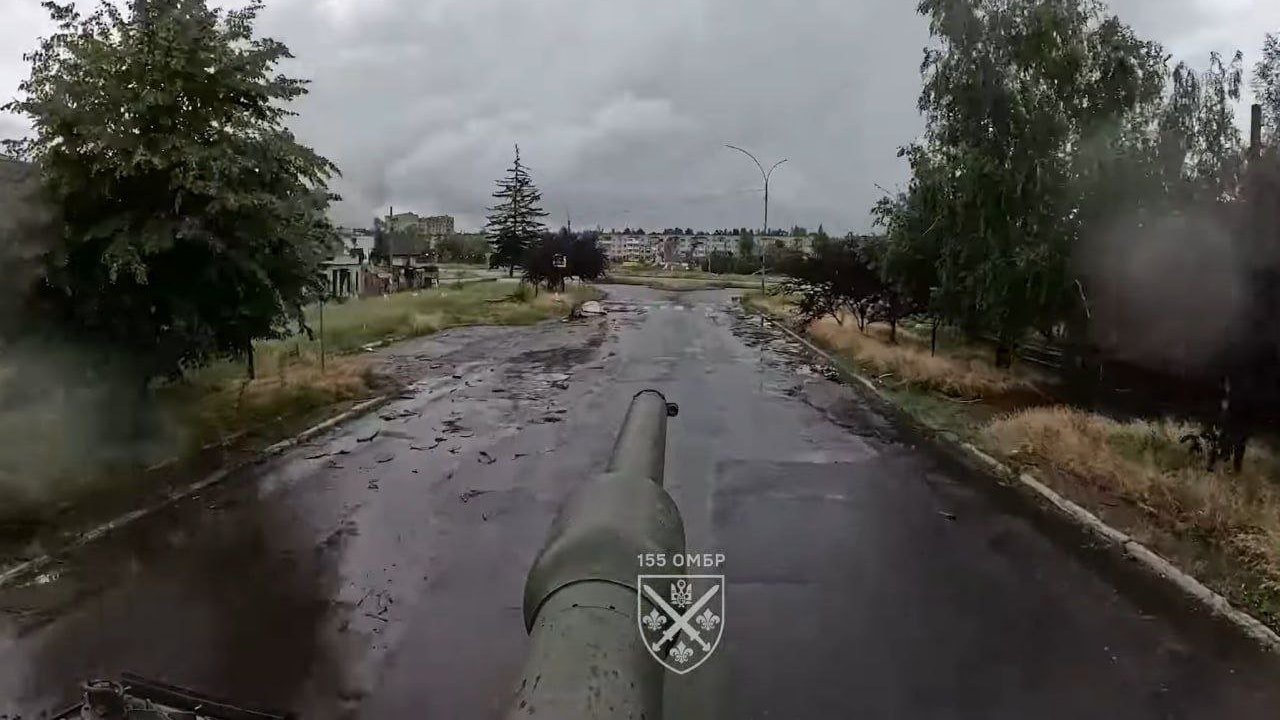

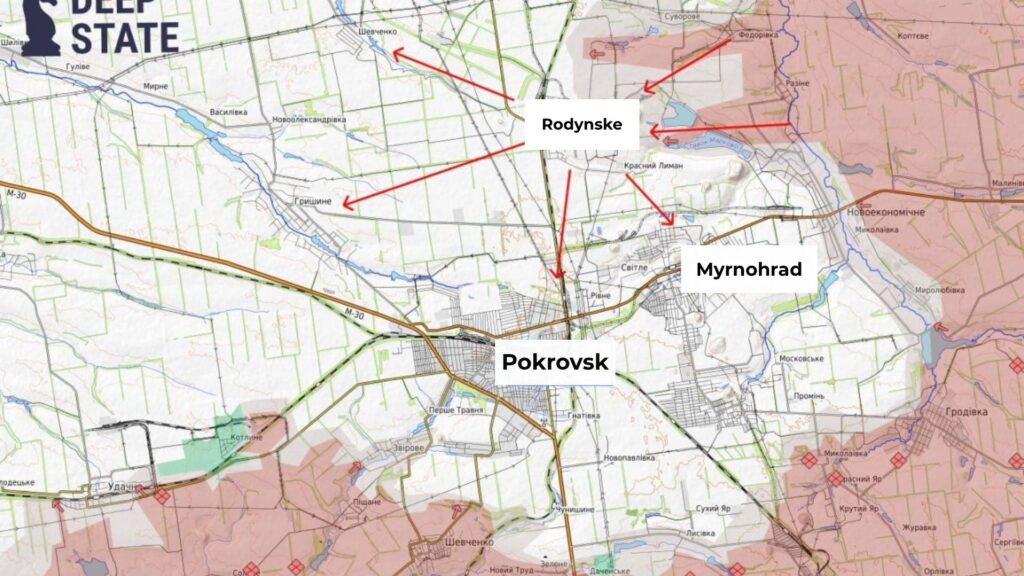




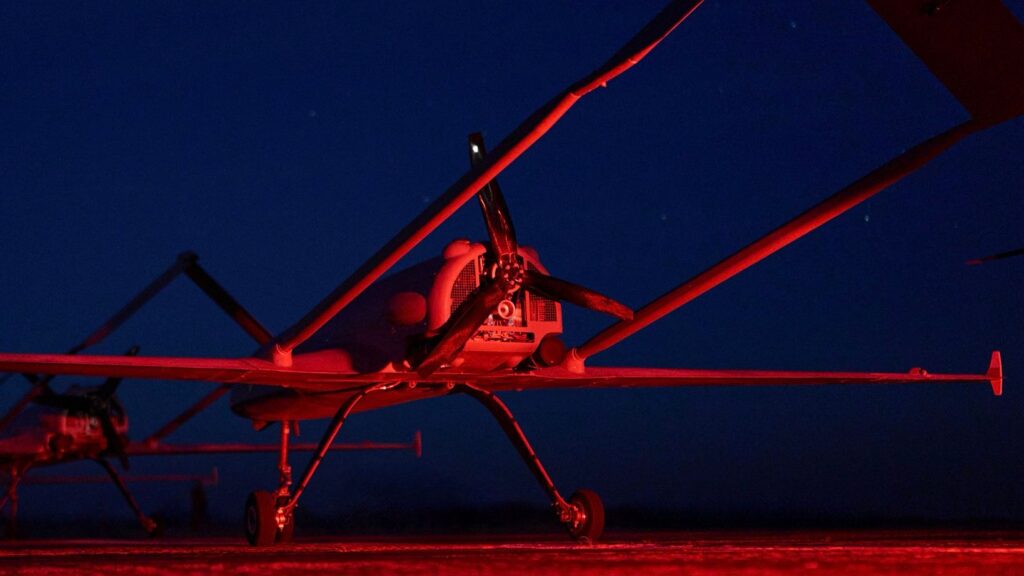

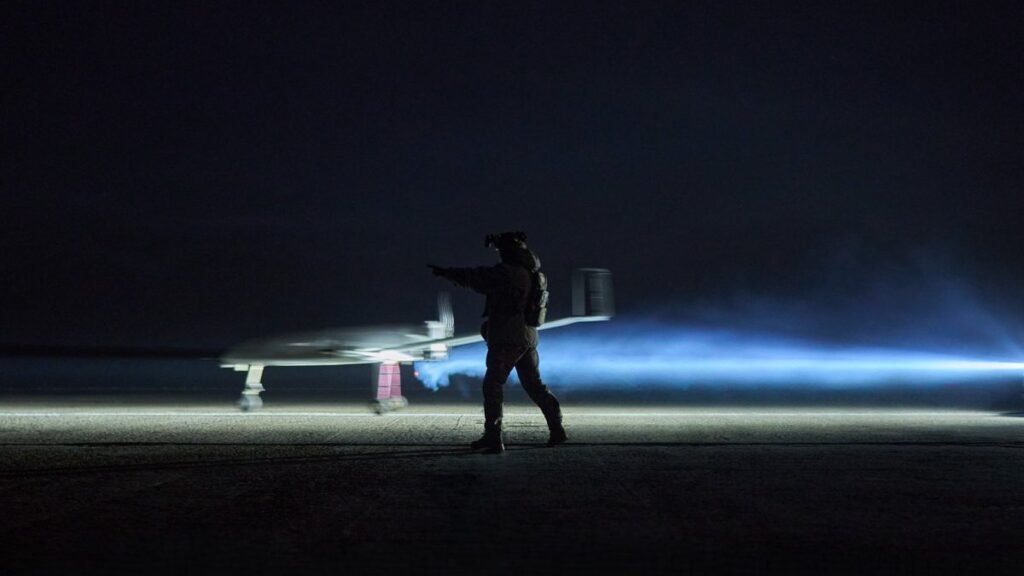
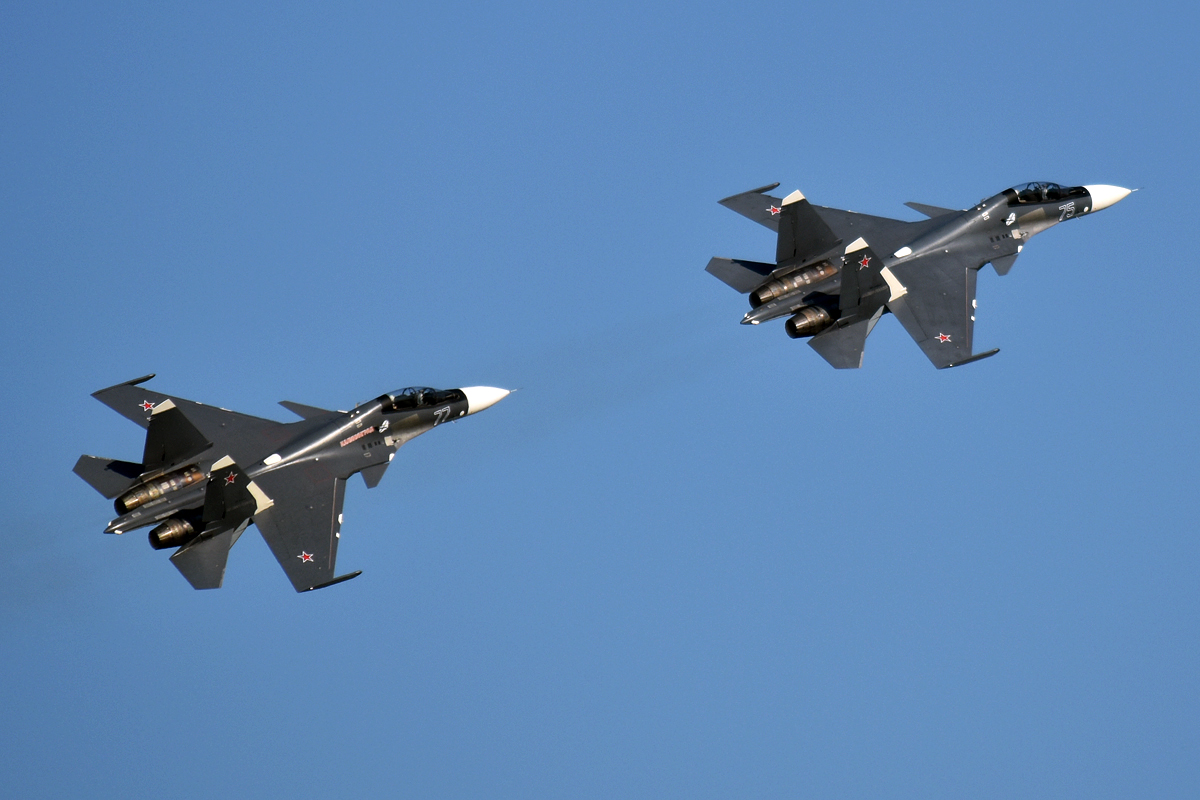
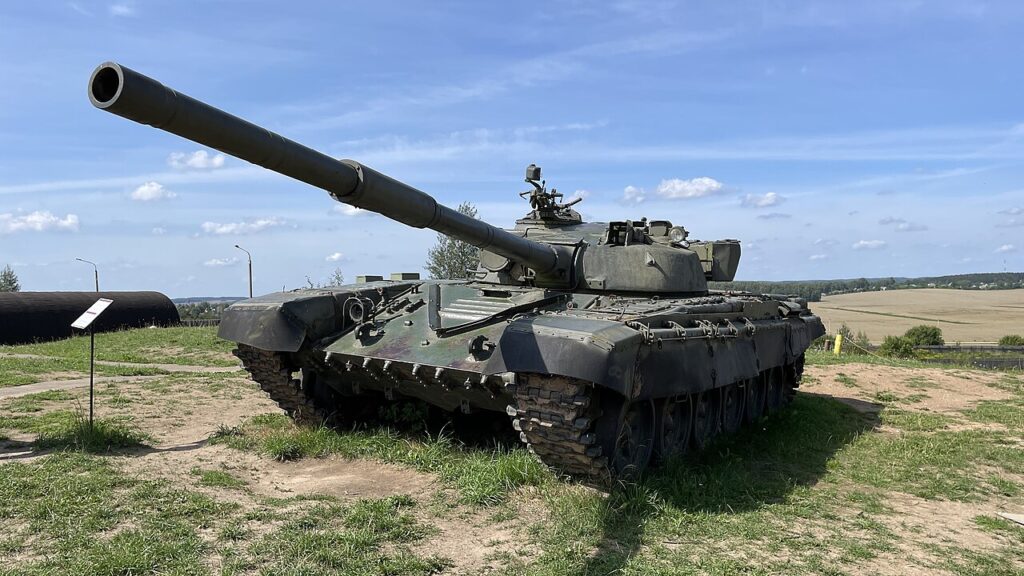



 Satellite images of
Satellite images of  Vorkuta Airfield as of August 2, 06:58 UTC
Vorkuta Airfield as of August 2, 06:58 UTC
